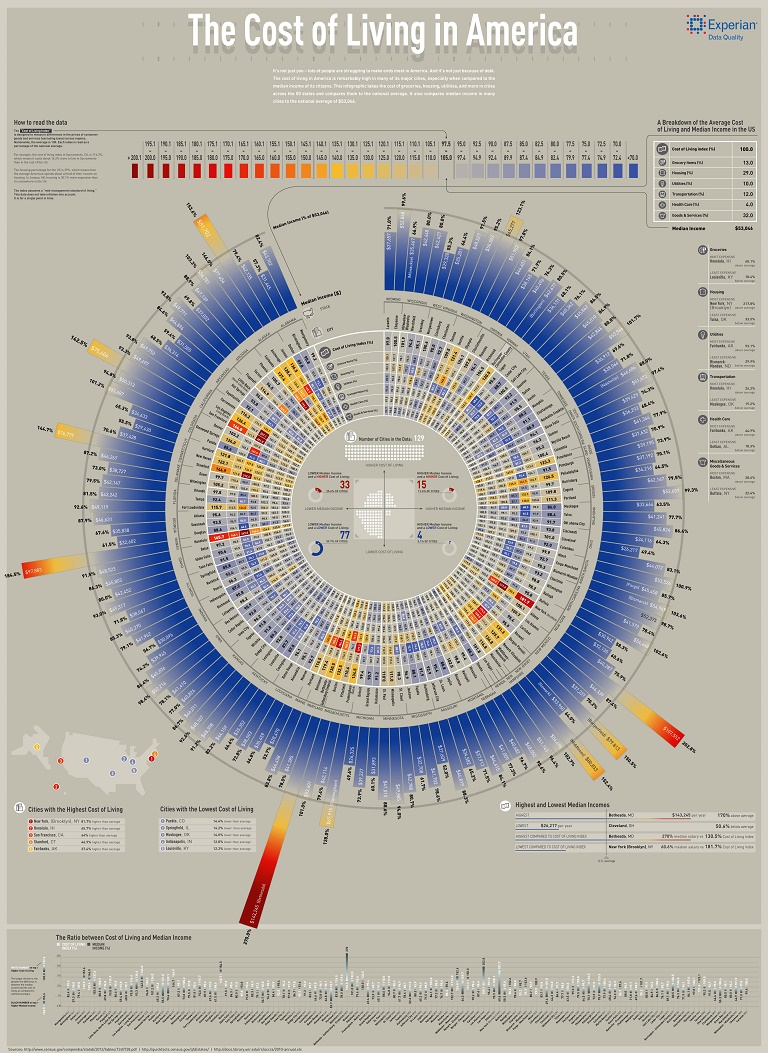Imagine lying on a friend’s couch in her studio apartment, using the light from your cell phone to study for your midterm exam in small-business entrepreneurship. It’s late but you’re just now getting around to hitting the books because you’ve been out all day preparing for a contest, the winner of which is going to take home a $1,000 scholarship, which you can use to enroll in more community college classes next semester.
You’re hungry because you couldn’t afford to eat today since shampoo, bus fare, and books, were more important purchases. The welfare benefits you receive each month just can’t cover all the costs. You’ve been living on your friend’s couch off and on because you keep fighting with your parents over chores and how late you can stay out now that you’ve turned the legal age at 18. Sometimes you stay at a friend’s, other times you find an abandoned building or a van to crash in.
Now imagine this happens to 46,000 students in one community college school district alone. Imagine nearly 150,000 community college-age kids in one district going hungry on a regular basis because they don’t have enough money for food.
Hard to believe, right? It is hard to believe. But that’s what a new study in the Los Angeles Community College School District found.
The advocacy group Wisconsin HOPE Lab, based in Washington, D.C., does research “aimed at improving equitable outcomes in postsecondary education.” The study it produced — and reported by The Los Angeles Times — was commissioned by the school district’s board of trustees after the county Board of Supervisors decided it would spend a newly approved sales tax on homeless services, and in particular, on homeless college students. The tax is alleged to be worth $3.55 billion over 10 years.
As LaCorte News reports, the sampling of students in the Los Angeles Community College School District wasn’t in fact scientific. The lab emailed thousands of students, asking them to fill out a survey online. Less than 5 percent responded. The authors acknowledged in their report that “the findings in this study are limited by low response rates and potentially non-random sampling. Students experiencing food and housing insecurity may have been more likely to respond to the survey.”
As the email-only news agency notes, “Polls created by organizations with a mission, unsurprisingly, nearly always end up with poll results supporting that mission. This was one.”
You can’t really blame the school district for wanting to get in on the cash windfall, it’s animal instinct for large organizations to do so. But data lies are easy to generate, and have become a major challenge for policymakers trying to figure how much money to raise and where to spend it.
The problem is so large that Congress has created a commission to study it. And Robert Doar, who served as both commissioner of social services for the state of New York and commissioner of the New York City Human Resources Administration, says the issue isn’t so much that the information doesn’t exist, but rather it’s not being shared “in any organized, comprehensive or effective way.”
This failure is especially true between the federal government and state and local agencies. The Feds are relying on Census Bureau data to determine the levels of welfare and food stamps each year, but the Census data are becoming “increasingly inaccurate” and not reflective of “the true condition of America’s low-income populations.”
Throughout my 20 years of working in the social services agencies of New York State and New York City, I was constantly aware that I had a clearer picture of what was going on in low-income households than what was being reported in the Census Bureau’s annual reports on the economic condition of Americans, including those living in my state. Using data systems common in every state, I could see who was receiving food stamps or other welfare benefits, in what neighborhoods, and in what types of families. I knew the education levels of recipients, their family structures, and employment statuses. In short, I knew how much assistance New Yorkers were receiving from various government programs.
Especially troubling was the fact that the Census Bureau was indicating greater economic distress than what my colleagues and I knew was really the case.
Households have simply become less inclined to respond to surveys; and when they do, they are less likely to answer certain questions and provide accurate information, particularly when they are being asked about receiving various forms of public assistance. …
(The study’s) coauthors revealed significant underreporting of receipt rates and the value of benefit received for most poverty-reducing programs. For example, surveys failed to capture almost half of the dollars given out by the Temporary Aid to Needy Families program.
He notes that underreporting makes the problem look much more severe than it is.
If the closer to the ground you get, the more reliable data become, then it would seem that sharing the data would be a helpful solution, but of course, in a world of regulatory paralysis, there needs to be some kind of “legal authority or established incentives for state agencies to share their datasets with the Census Bureau.”
If agencies did share their data, Doar predicts that “it would dramatically improve the ability of the Census Bureau to describe the real economic condition of Americans.”
Such a measure would allow for a much-needed correction in how we understand poverty and perceive government programs in the country, ultimately contributing to more targeted and more effective policy decisions. …
Such data sharing could have far reaching impact on federal policy by allowing us to know the actual value of the benefits we provide, and how effective these programs are in moving families toward self-sufficiency. There is no more important fact to know in the War on Poverty.
Read the full Doar article in Real Clear Policy.






